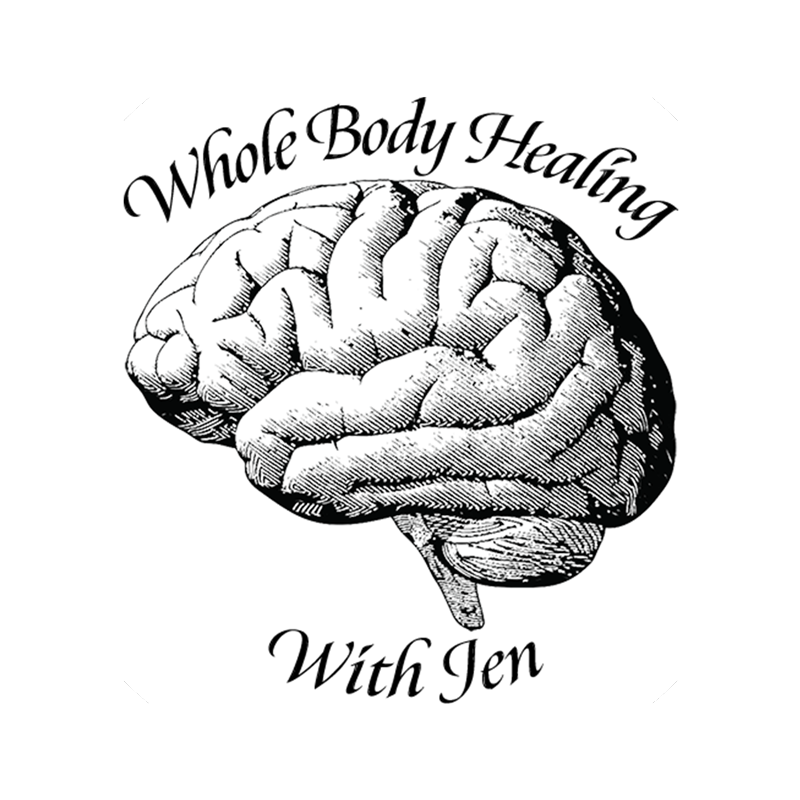How to Deal with Triggers!
Always remember: social media is the highlight reel. It is not an accurate representation of all the true ups and downs in life. The truth is, I get triggered! Frequently! This is a normal part of human existence. The important thing is to understand the purpose, physiologically, our nervous systems have for getting triggered, and how to work with it appropriately.
Stress and trauma are truly an innate part of life. There is no such thing as a life free of these phenomena, and we are not better off without these experiences. It is a part of the natural course of development, and we must see it as such. Part of what happens with PTSD is that the trauma is so shocking and devastating that people start avoiding situations that “trigger” the memories of this trauma, and therefore start avoiding stress entirely, seeing it as all bad.
The avoidance of triggers actually ensures that we will stay stuck in a loop of trauma and fear. These triggers will in fact become more and more pervasive- more and more overwhelming over time because the nervous system is actively pushing you to confront the fear so that the energy of the experience can be released. Avoidance is one of the worst thing you can do long term for your nervous system health. Only with confrontation comes resolution.
Triggers develop when a situation is unable to be overcome or resolved at the time of the event. It is important to understand that not everyone develops PTSD after a trauma. Sometimes we are able to feel a sense of empowerment, or that we were able to overcome the situation or were properly supportive through the trauma. Generally, we will not sustain long term negative effects from traumas experienced in this way.
PTSD or long term triggers occur when we were not able to feel resolved around a trauma, or were not properly supported through it by our community. In this case, the energy or stress from the trauma stays activated in the hormones and fascial tissue of our bodies. When we are “triggered”, our bodies are giving us an opportunity to release or re-experience the trauma differently, in order to bring us to resolution.
The first step to using your triggers as opportunities is to learn basic mindfulness skills. Mindfulness practices activate the part of your brain that allows us to have higher levels of thought- that can take a “zoomed out” perspective and look at things objectively, separate from our immediate emotional responses. The more you practice mindfulness in your daily life, the more you will be able to use these skills when you are actively experiencing a trauma trigger. The first step to mindfulness is to notice without judgment, so in this context, it would be recognize your response as a “triggered” response. This would look like being able to explain calmly to yourself, “Oh, I’m feeling triggered right now.” We can ground, and bring ourselves back from the memory or feeling that triggered us, by pressing our feet into the ground or taking a deep breath and a long exhale. Finally, once we recognize that we are triggered in the moment, and gently ground ourselves in the present, we can reframe the current situation as an opportunity.
All triggers come out of fear, and fears are naturally vulnerable. Part of the key of working with triggers is allowing for this vulnerability as an opportunity to grow. We grow more out of vulnerability than defenseness, and for many of us the immediate reaction to feeling vulnerable is to become defensive and attack or flee. Recognizing that the anger, irritability, explosiveness or overwhelm you are feeling is truly a fear response, and cultivating compassion for the part of you that is afraid can be a way into working with these difficult emotions. When we acknowledge the fear, we can often drop in to the core of what is happening inside of us with more self love and self compassion. Even saying outloud, “I’m really just afraid right now”, can shift the energy of an experience entirely.
Once you are able to build awareness for the fact that you are triggered, and recognize what is triggering you, you have the opportunity for a “corrective experience”. This means that you have a visceral experience of something that reminds you of trauma, but does not actually end in more trauma. You have the agency to change the ending, and this is what your triggers are giving you an opportunity to do. This might look like:
-Saying something you weren’t able to say before
-Leaving the situation or setting a boundary
-Asking for something, maybe reassurance or validation
-Reminding yourself what is different about you or your environment now.


